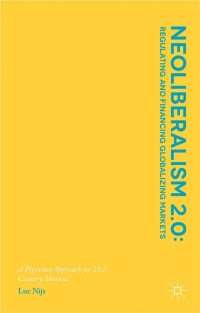Question
Similarly, PP&E is a long-term asset account on the balance sheet, and depreciation is an expense account on the income statement. Under the matching principle,
Similarly, PP&E is a long-term asset account on the balance sheet, and depreciation is an expense account on the income statement. Under the matching principle, recognition of depreciation expense should be appropriately timed to the revenue recognized from the use of the PP&E investment asset to generate revenues. Therefore, the cost is effectively transferred from the balance sheet PP&E account, where it was previously capitalized, to the income statement depreciation expense account over time as the PP&E is used to generate revenues over its long-term useful life. However, the amount and timing of the transfer depend upon the assumptions adopted by management when reporting company results. Therefore, depreciation assumptions, which include useful life, salvage value (if any), and depreciation method, are just that, assumptions made by management. These assumptions, which can significantly impact both the amount remaining on the balance sheet as PP&E and the amount transferred to the income statement as depreciation expense, need not correlate significantly with an equitable allocation of cost to benefit period or with the actual fair value of the depreciated asset during the period.
Interestingly, while LIFO is not allowed under IFRS, it continues to be a popular cost assumption under US GAAP.
Given the notion of the matching principle as guidance, ideally, what meaning should we be able to take away from the COGS and depreciation expenses recognized on the income statement by a company in any particular period? Since the information quality ideal is generally only what we aspire to achieve, and given the difficulties inherent to systematically allocating the cost of an asset to periods that benefit from it, how can we more realistically interpret the allocation of inventory and PP&E costs to the income statement? Can a gap between these two ideas impact real decisions?
Further, let's not forget about the asset impairment avenues for shifting additional costs between the balance sheet and income statement.
Similar to the bad debt expense convention with accounts receivable, the lower cost or market rule and depreciable asset and goodwill impairment options provide additional opportunities for discretion over the amount and timing of expense recognition related to these assets. Let's keep the discussion going regarding the importance of the quality of reported information for analysts.
Step by Step Solution
There are 3 Steps involved in it
Step: 1

Get Instant Access to Expert-Tailored Solutions
See step-by-step solutions with expert insights and AI powered tools for academic success
Step: 2

Step: 3

Ace Your Homework with AI
Get the answers you need in no time with our AI-driven, step-by-step assistance
Get Started


